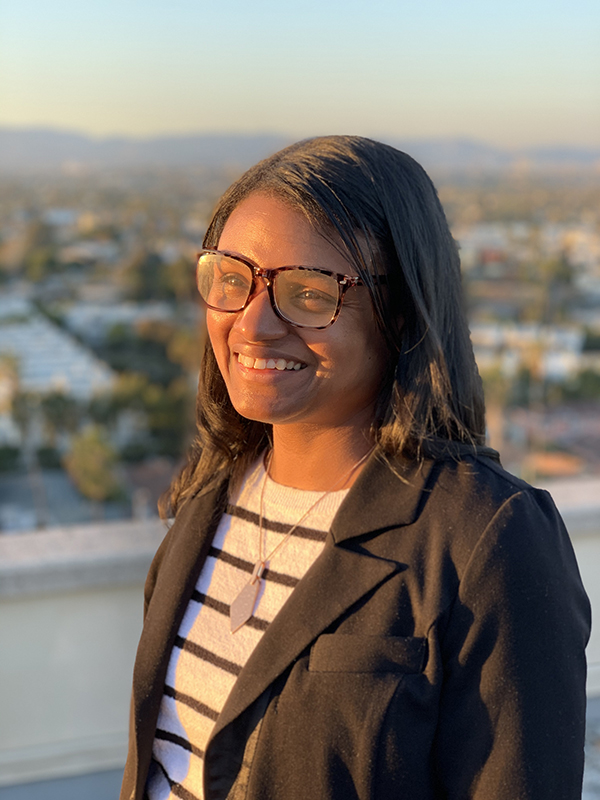
Dr. Elizabeth Robertson Hornsby had always wished for a way to blend the worlds of STEM (science, technology, engineering, and mathematics) and communications – and thanks to NASA, she finally found it.
With the help of a team from NASA’s Stennis Space Center, Hornsby, a college graduate coordinator at Southeastern Louisiana University (SLU) in Hammond, Louisiana, recently saw her teaching philosophy come to life like it never had. In turn, her communication students caught a glimpse of what happens when the perception of limitations fades.
NASA’s Technology Transfer University (T2U) initiative embodies the agency’s mission to explore, innovate, and inspire for the benefit of all. The agency program seeks to connect universities with NASA-developed technology and allow students to ideate around intellectual property.
A NASA Stennis team introduced Hornsby and her students to the T2U philosophy during a four-week, virtual summer class, demonstrating the value of mixing technological innovation and strategic communication. Teachers and students alike expect the takeaways to stretch beyond the brief course.
“I feel like this class was the actualization of my very ethic of teaching about what I believe about my job, my career, my profession, and what I believe about education,” said Hornsby, SLU graduate coordinator for the Master of Arts program in strategic communication. “You don’t always get moments like that in teaching. I am deeply grateful to NASA for the T2U program and the way it is set up.”
Hornsby sought to combine her love of technology and communications into a unified approach as part of a Strategic Communication for Technological Innovation class. However, as she prepared the syllabus, Hornsby realized, “I was out of my depth on where I could send students to apply their strategic communication skills to technological innovation.”
That is where NASA’s T2U program helped fill the gap by bringing real-world, NASA-proven technologies into the classroom. Following an introductory meeting with NASA, the professor learned the resources were flexible enough to meet her desire to design a cutting-edge curriculum to keep up with innovative technology in an ever-evolving world.
The Strategic Communication for Technological Innovation class, ranging from first-semester graduate students to those in their final semester, came to fruition. During an initial session, students learned about NASA’s patent portfolio from Tom Lipski, a T2U representative from NASA Stennis near Bay St. Louis, Mississippi.
Following the introductory session, students developed a marketing pitch for commercializing the NASA-proven technology. Initially, students were concerned about their lack of technical knowledge, Hornsby said. However, they built momentum after the opening week as they learned their creative skillsets could work in a technological space.
“All my students needed was access,” Hornsby said. “The way everything was organized made it so easy for me to integrate all the resources NASA provided very easily into the curriculum.”
Hornsby kept Lipski updated on the students’ efforts. “I felt the enthusiasm as Dr. Hornsby updated me on their progress,” the NASA Stennis representative said. “As an educator, this is exciting. For me to be a part of that makes my day.”
The integration of NASA resources into the class facilitated a comprehensive dialogue between students and teachers as they learned together. The exploration aspect facilitated conversation and feedback.
The response from students has been so positive that the SLU professor said other students are already asking about making the class available again in the future. Hornsby sees the value NASA’s T2U program can have in her department and throughout the college.
“I felt supported by NASA as the instructor of the class,” Hornsby said. “My experience overlaid the student experience, and that came through in how I interacted with them. It made a world of difference in what they were able to think they could do and, then, what they did.”
To learn more about T2U, contact us at hq-t2u@mail.nasa.gov


